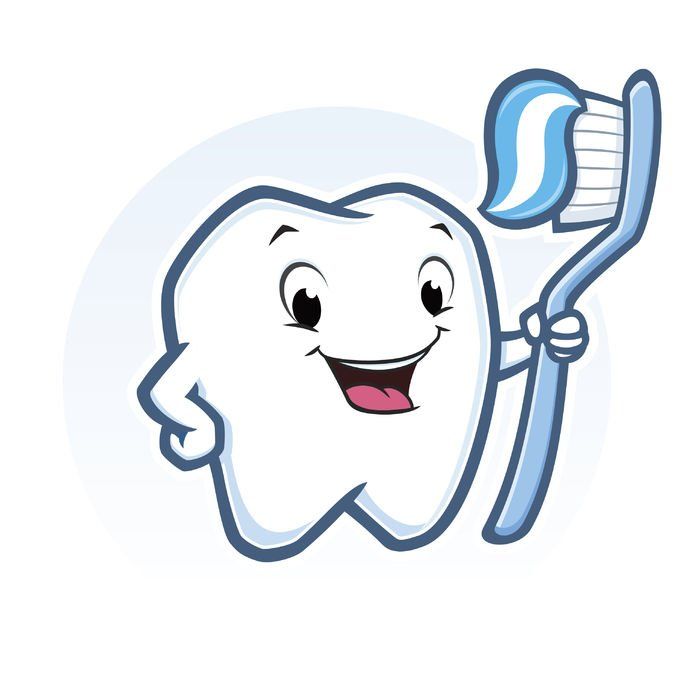The Trend of Charcoal Toothpaste
- By Mary Marks
- •
- 24 May, 2019
- •

Activated charcoal is nowadays used in various cosmetic products, including toothpastes and shaving foams – the substance has been long used as a detoxifying agent in cases of poisoning and it has been recently recognized as a great ingredient in any product intended for cleaning and whitening. You should however, request the services of a Colorado sedation dentistfor whitening and deep cleaning for your teeth. However, like any trend, the trend of using toothpaste that contains activated charcoal also needs to be approached carefully – here are some features that you should know about:
- Suitable for removing stains, but likely to leave intrinsic stains unchanged – activated charcoal is an abrasive substance that is quite efficient in removing the surface stains that have accumulated on the surface of the teeth. However, charcoal will not reach into the deeper layers of the teeth, which also means that intrinsic stains, that is, the stains that develop on the tooth as a result of trauma or weakened enamel will be left unchanged;
- Don’t brush too vigorously – charcoal being an abrasive substance, brushing your teeth too vigorously with it can leave behind scratches on the enamel of your tooth. The process can also leave behind a certain amount of sensitivity to cold, to heat or to sweetness, especially if you had sensitive teeth before starting to use charcoal toothpaste.





Although oral sedation dentistry Highlands Ranch is one of the optionsavailable for managing anxiety and discomfort during oral surgery, you certainly do not need to use it all the time. As a matter of fact, the exact type of sedation or anesthesia that you receive during oral procedures may depend on various factors, such as the complexity of the procedure, your medical problems, as well as your doctor’s preferences.
There can be several different levels of sedation that can be used in oral surgery. Local anesthesia is one of them. This involves injecting anesthetic medication into the specific area where the surgery will take place. It numbs the area and is often used for less invasive procedures.
Oral sedation involves taking medication in the form of a pill to induce a state of relaxation and drowsiness. The patient is still conscious, but he/she may not be fully aware of the procedure. At any rate, sedation helps him/her get rid of anxiety.
In the case of intravenous sedation, medication is administered through a vein, which induces a deeper state of sedation than oral sedation. Patients may still be conscious, but they are less aware of their surroundings and may not remember the procedure.





